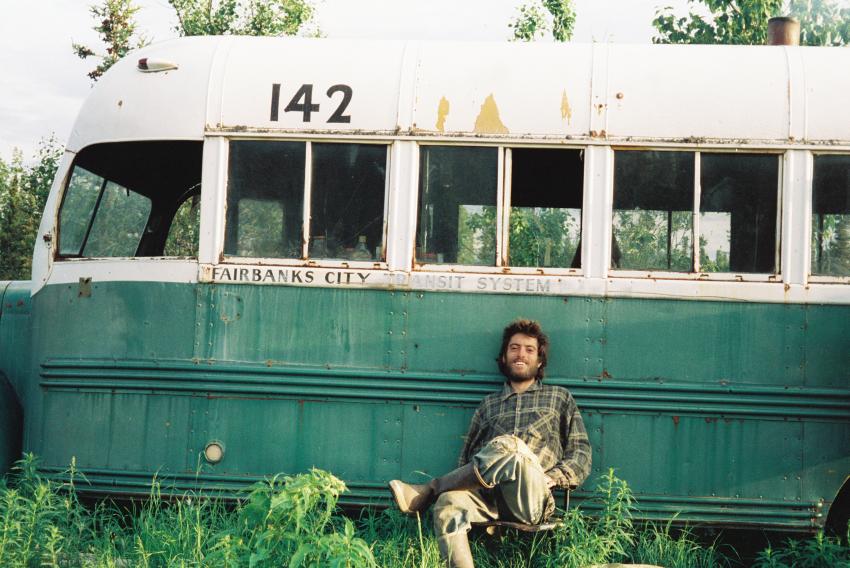Assess McCandless' life and death for yourself. Identify and
rank the most compelling explanations Krakauer offers, and then explain what
you think the story suggests about your/our relationship to nature.
I think that Krakauer puts it best
when he admits to seeing some of his younger self in Chris. The whole story
about the Stikine ice cap and climbing the devils thumb showed that Krakauer
really did share some personality traits with McCandless in that he wanted to
prove to himself that he could endure hardship alone in the wilderness, as a
means of finding himself. Krakauer wanted to escape from his tedious life in
Boulder, CO working as a builder. His trip to Alaska was meant for him to
escape into nature, to embrace the challenge of survival on his own, on a
walkabout of sorts. Krakauer talks about
how when we are young we have a resistance to settling down into “boring lives,”
that we want to do more, and as a way to cope with our indecision, we go off
and do things like climb mountains or go on spiritual odysseys like McCandless
where we hope to find ourselves. Krakauer, however, arranged for a food drop
and brought equipment that would somewhat ensure his safety, which Chris did
not. I think that Chris simply had too much of a flare for the dramatic in him.
He was all about speaking his mind through meaningful actions, by completely disappearing
from his family and by deciding to go into the wild with little gear and food.
Some people think that his fatal flaw was his hubris. That he just didn’t have
any mental grasp on his own mortality, but I disagree. I think that he knew exactly
what he was getting into, and he liked the fact that there was going to be risk.
McCandless loved the drama in symbolic actions, such as burning all the cash in
his wallet, or intentionally disobeying laws. This is evident in the postcard
he sent to Wayne Westerberg in which he says “If this adventure proves to be
fatal and you don’t ever hear from me again I want you to know that you are a
great man.”
 |
| McCandless' final picure, one of his many actions that come across to me as intentionally dramatic |
Chris wouldn’t have it any other
way than for there to be a symbolic risk in his adventure, and to acknowledge it
in a dramatic one liner in the post card. For Chris, he wanted his relationship
to nature to be an authentic one, where he would live off the land with as
little gear as possible because that fit into his personality. For Krakauer,
although he did almost die several times, he did at least value safety and a
little bit of comfort over risk. I agree with McCandless up to a point, and
that point is that there is an allure to the wilderness that attracts me, but I
don’t agree with taking unnecessary risks in order to have a more “authentic
experience.”
